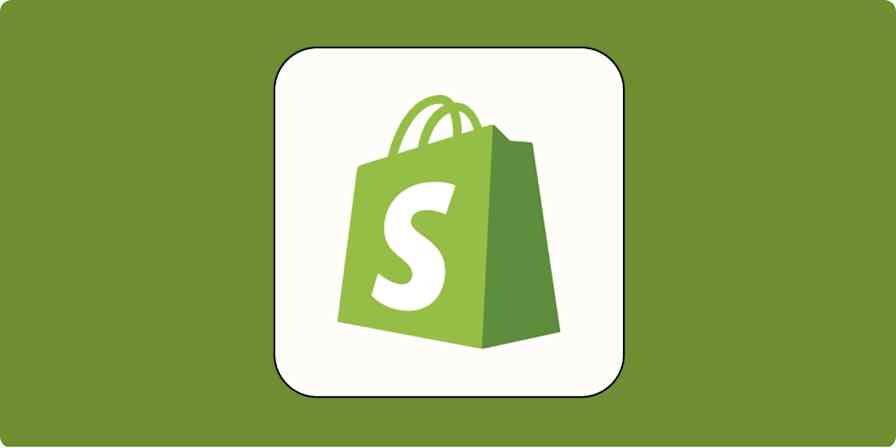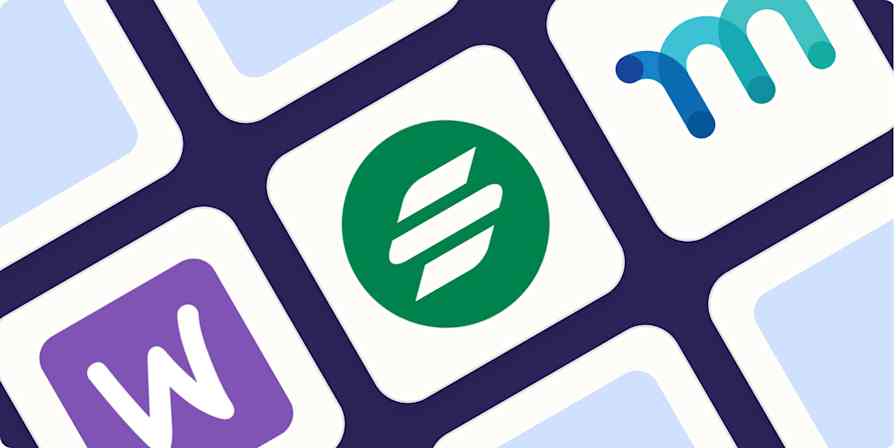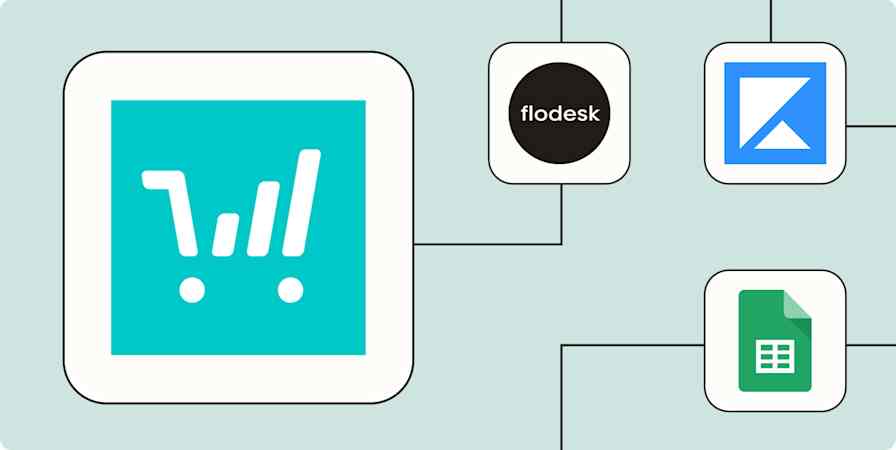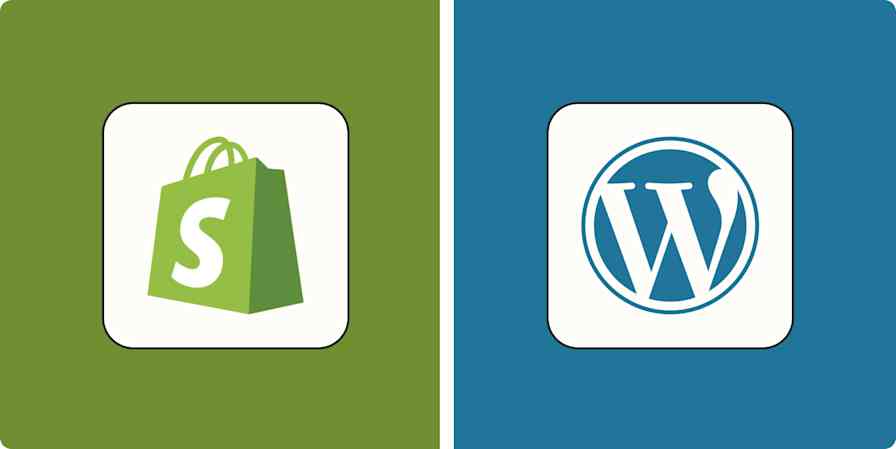Business tips
4 min readHow to reliably scale an eCommerce business
A three-pronged marketing strategy for eCommerce: Inbound, outbound, and subscriber marketing
By Charles Camisasca · January 13, 2021

Get productivity tips delivered straight to your inbox
We’ll email you 1-3 times per week—and never share your information.
Related articles
Improve your productivity automatically. Use Zapier to get your apps working together.








